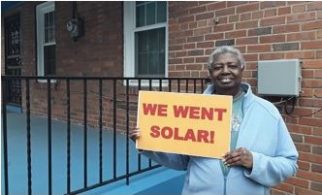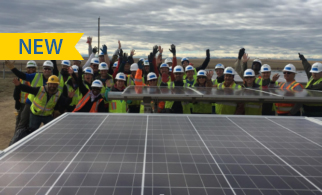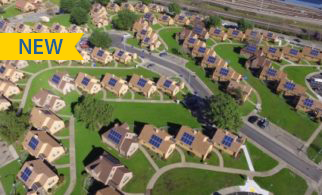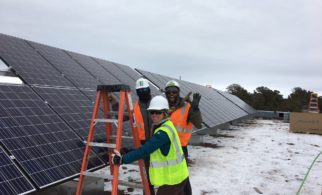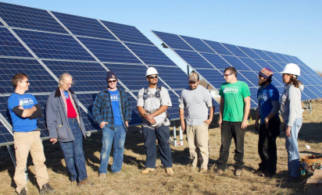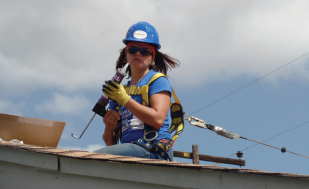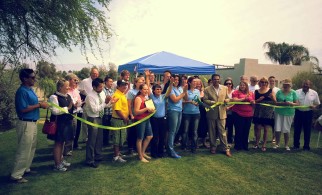Colorado
Historically, the Colorado Energy Office (CEO) has operated the state’s Weatherization Assistance Program (WAP), which has been effective in reducing energy burden primarily through reduced home heating costs. However, heating costs in Colorado only make up about 50% of total household energy costs, while the other 50% comes from electricity costs. As such, the Colorado Energy Office has been exploring strategies to reduce household electricity costs through the WAP. The drastically falling costs of solar energy made solar an attractive measure for CEO, and modeling suggested that solar had significant potential to achieve a high Savings to Investment Ratio (SIR) as a weatherization measure. CEO decided to pursue approval to include solar as a weatherization measure, and in 2016, the Department of Energy (DOE) allowed CEO to integrate rooftop solar photovoltaics into the federally-funded WAP program to further reduce utility bills for participating low-income customers. Colorado is the first state in the nation to receive this approval. CEO recognized that additional sources of funding would be necessary to overcome the cost gap for low-income customers, and simultaneously pursued additional incentives and program funding through a regulatory proceeding in Colorado, which was approved by the Colorado PUC in 2016. Read about Colorado and few other state’s uses of federal energy assistance dollars for solar here. Also check out this March 2018 National Renewable Energy Laboratory report titled “Reducing Energy Burden with Solar: Colorado’s Strategy and Roadmap for States.”
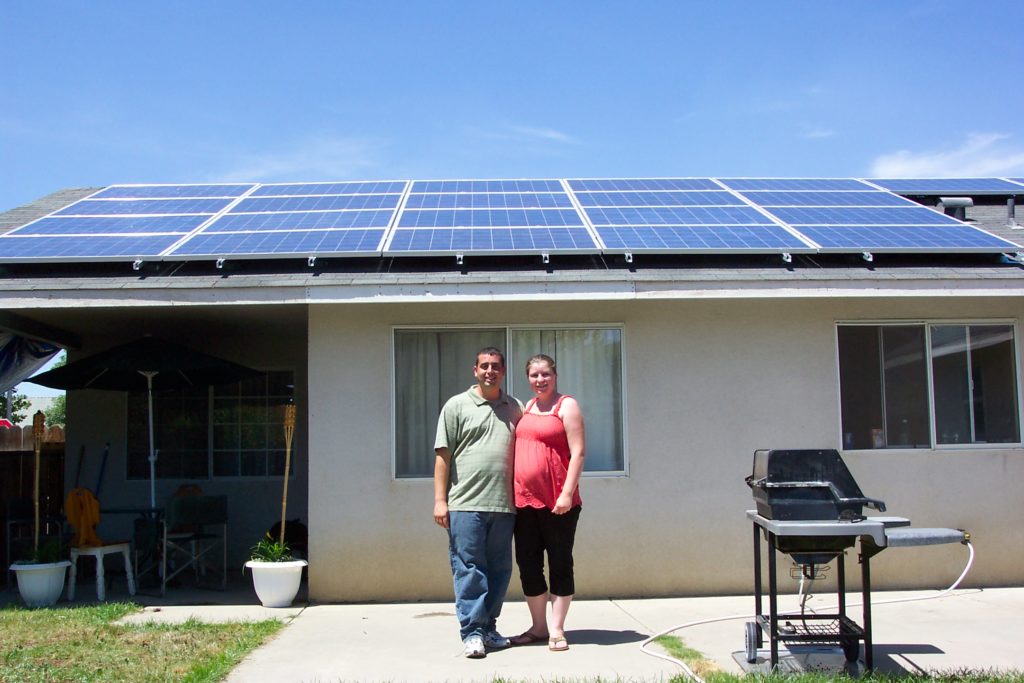
Program Overview:
The Low-Income Solar Rooftop Program pilot will serve 300 low-income customers from 2017-19, totalling 1.05 MW of installed capacity. CEO anticipates being able to save each of its rooftop PV clients more than $400 annually on their electricity bills. Rooftop PV will be installed on a limited number of homes that meet certain criteria to ensure they will provide a high return on investment. All homes receiving PV systems will receive the full list of DOE-approved energy efficiency measures to achieve an SIR of 1.0 or greater, within the established CEO/DOE program parameters for determining measures to install. Solar is simply added to the available list of weatherization measures – just as a new boiler or other measure may be considered, and implemented for homes where it can achieve a high SIR. The program is implemented through CEO’s existing network of weatherization service providers and solar subcontractors selected through an RFP process. From 2017-2019, CEO will fund the initial installation of the solar PV systems using:
- Department of Energy (“DOE”) funds of up to $3,545 per home to offset the cost of the solar PV system.
- Xcel Energy will provide incentives totalling $2.50 per installed watt to offset the remaining costs of the solar PV system. These incentives will be paid from the Renewable Energy Standard Adjustment (RESA) account.
All net metering credits will be used to offset the low-income customers’ electricity bills, and Xcel Energy will retain all renewable energy credits generated from the solar systems.
Guiding Principles Addressed:
Accessibility and Affordability. The CEO bundles multiple incentive sources together to provide solar at no cost to the low-income participants.
Community Engagement. Community engagement is not a requirement of the program, but the CEO commits to reporting on program implementation as part of the low-income participation sub-group within the “Existing Voluntary Renewable Programs Stakeholder Group,” a solar stakeholder group that meets quarterly with Xcel Energy.
Consumer Protection. CEO will work with its qualifying partners to ensure that participating homes meet all eligibility requirements, and will only install rooftop solar systems at low-income homes where the savings to investment ratio (“SIR”) meets or exceeds DOE requirements.
Compatibility and Integration. The program maximizes return on investment and impact for participants by integrating solar directly into the existing weatherization program.
Last updated: May 2018
